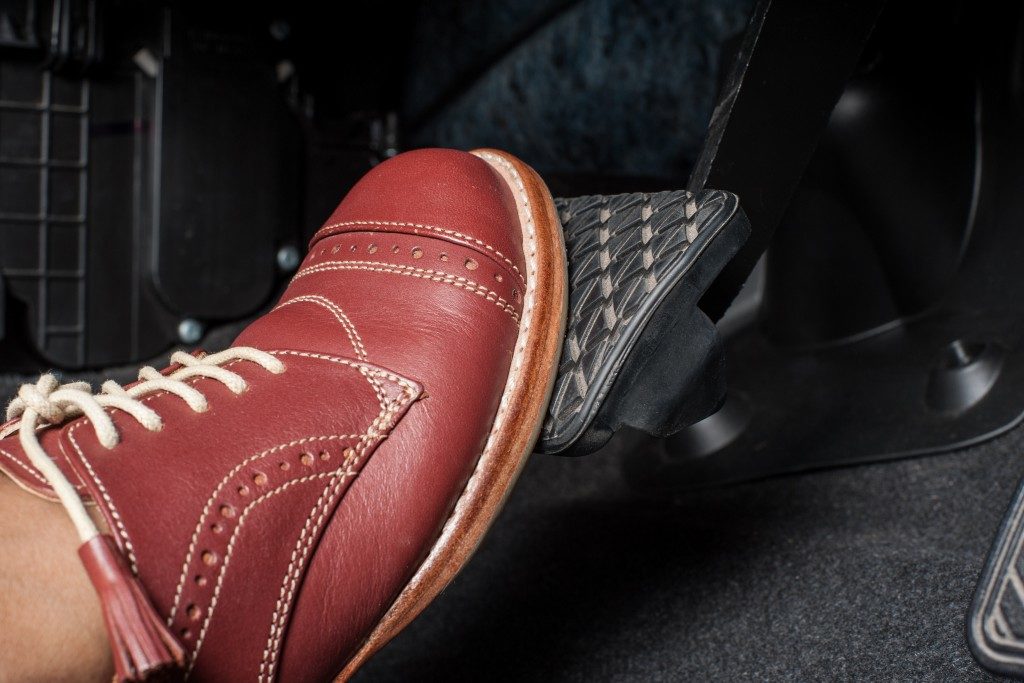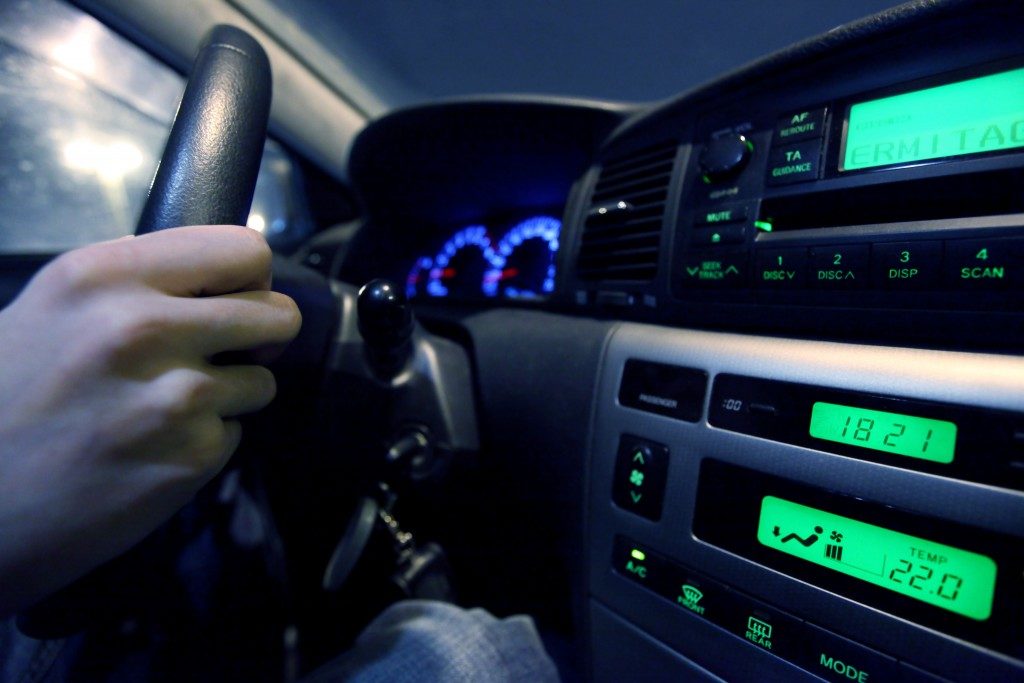The risk of a car accident increases at night because drivers experience reduced visibility and fatigue. Auto accident law firms can represent those involved to help determine compensation and ensure their rights are protected.
Reduced Visibility
Night vision refers to the ability to see at night and in low-light conditions. Dark conditions reduce visibility and can be dangerous for drivers. Aging also contributes to a greater inability to see clearly at night. The older a driver gets, the more light they need to see cars and pedestrians clearly on the road. Vision may be compromised further with cataracts and degenerative eye diseases related to old age.
Rush Hour
Peak traffic hours are a dangerous time to be on the road. This is true even during the summer when daylight hours are longer. The evening rush hour is usually from 4 to 7 p.m. on weekdays. The crowded roadways, slow stop-and-go movements, and frustrations of drivers rushing to get home contribute to increased risk of crashes and accidents. The dangers of evening rush hour driving are compounded during the winter, when days are shorter and drivers have to drive home in the dark.
Fatigue
A study conducted by the AAA Foundation for Traffic Safety found that 8.8%-9.5% of all crashes and about 10.7% of severe, police-reported crashes involved drowsy driving. The data suggests there are more drivers who continue to drive even when tired and have fallen asleep at the wheel.
Most crashes or near-miss crashes happen at around 4 to 6 a.m., 12 to 2 a.m., and 2 to 4 p.m. These are times in which drivers are presumed tired and fatigued.

Fatigue and drowsy driving is caused by factors like work shift, lack of quality sleep, long work hours, and various sleep disorders. Not having enough sleep has the same negative effect as drinking a few beers. Fatigued drivers are more likely to be involved in a car crash than those who are well rested.
Impaired Driving
Impaired driving includes drivers impaired by alcohol, prescription medicines, or other drugs. Impairment increases the likelihood of accidents and of deaths from car crashes. Drivers impaired by alcohol or drugs are also more likely to stay on the road after dark and between midnight and 3 a.m. on weekends. This means that as more people are leaving restaurants and bars, more people drive under the influence.
Speeding
Drivers can be tempted to drive much faster late at night when there are fewer cars on the roadway, and they are more eager to get home. However, speeding provides a driver with less time to react to sudden changes or unexpected hazards on the road. Driving at night reduces visibility and makes it more difficult to judge the speed and distance of other cars.
Increased speed is directly related to the likelihood of a crash and to the severity of the crash’s consequences. Statistics gathered by the World Health Organization found that each percent increase in average speed produced a 3% increase in serious crash risk and 4% increase in fatal crash risk.
Speeding, fatigue, and various other driving impairments can occur at all times of the day and increase the likelihood of an auto accident. However, driving at night brings the additional factor of reduced visibility, which increases risk further.
